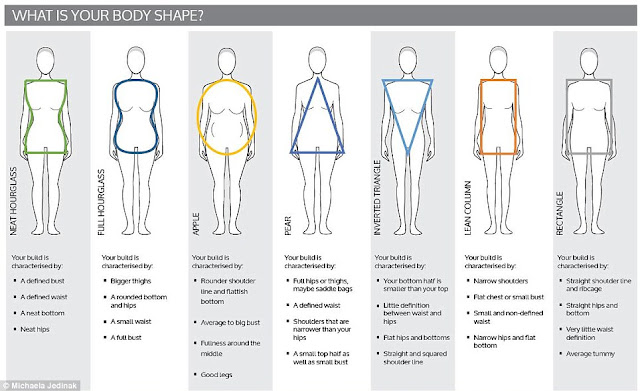Don’t Fall For The Scam: Tonsil Removal Is An Unnecessary Surgery That You Can Avoid
A tonsillectomy, the surgical removal of your tonsils, has been the standard practice for close to 200 years, but it’s been in use for over a 2,000 years. Yes, the first mention of a tonsillectomy comes from a Roman doctor Cornelius Celsus, around 100 BCE!
The surgery was routinely recommended for kids, teens, and young adults who suffer from recurring throat infections, sleep apnea, and obviously, tonsillitis. The surgical procedure was one of the most effective treatments, as it not only solved the problem, but prevented any chance of recurrence.
However, medical breakthroughs in the past century, including the introduction of powerful antibiotics has made the procedure somewhat unnecessary.
Tonsil Removal Surgery Is An Avoidable Risk
“A study published in BMJ found that surgical removal of tonsils only offers visible short term relief, but no long term advantage – the surgical risks therefore outweigh any immediate benefits”
Although painful, and fraught with risks, as is any invasive procedure, tonsillectomies were lifesaving, especially for kids afflicted with rheumatic fever. The procedure was also used to treat upper respiratory infections and swelling of the tonsils, which can impair breathing. Doctors also recommended the procedure because it simply eliminated any risk of further infection. However, this was before the emergence of antibiotics in the 1940s.
Since then, tonsillectomies have become somewhat redundant, as most infections can be treated effectively with medication alone. Several studies over the years have shown that tonsil removal only provides short term benefits, including quick relief, prevention of recurrence, and better health for a couple of years. The short term gains may appear to make tonsil removal a viable option, but that’s only because you haven’t considered the risks of tonsillectomy.
Tonsil Removal Risks:
Although tonsil removal surgery is a fairly straightforward procedure, all surgical procedures pose some risk and this also holds true with a tonsillectomy. Understanding these risks can help you make a better decision for yourself or your child.
Post-Operative Bleeding:
This is a serious complication that can occur immediately after surgery or 5 to 7 days later when the scabs fall off from the tonsil beds. You may not notice the bleeding very easily, but you could also vomit blood. In either situation, you should seek medical help immediately.
Breathing Difficulties:
Although sometimes used to treat sleep apnea, tonsil removal can itself contribute to the problem at times. In most cases however, breathing problems following the surgery are simply a temporary effect of anesthesia and pain medications. This could also occur because of post-surgical scarring that narrows the nasopharyngeal opening, leading to nasopharyngeal stenosis.
Speech Impairment:
The removal of your tonsils can increase nasal airflow, causing hypernasal speech. Changes in voice are also attributed to excessive swelling and scarring following surgery. Although these speech changes are usually temporary, they can be permanent in cases.
Malignant Hyperthermia:
Certain anesthetic medications can cause a dangerous spike in body temperature, leading to a condition called malignant hyperthermia. Fortunately, this risk is only significant for individuals with a family history of muscular dystrophy.
Our Take:
Private hospitals are notorious for recommending unnecessary surgeries to simply increase revenues, which is why it would be a good idea to seek a second or third opinion if required. Experts and researchers now suggest a ‘wait and watch’ policy, reserving a tonsillectomy as a last resort where the condition is severe or if the patient does not respond to non-invasive treatment.
Whatever you decide, remember to go in with your eyes open and completely aware of the risks and benefits involved.




Comments
Post a Comment